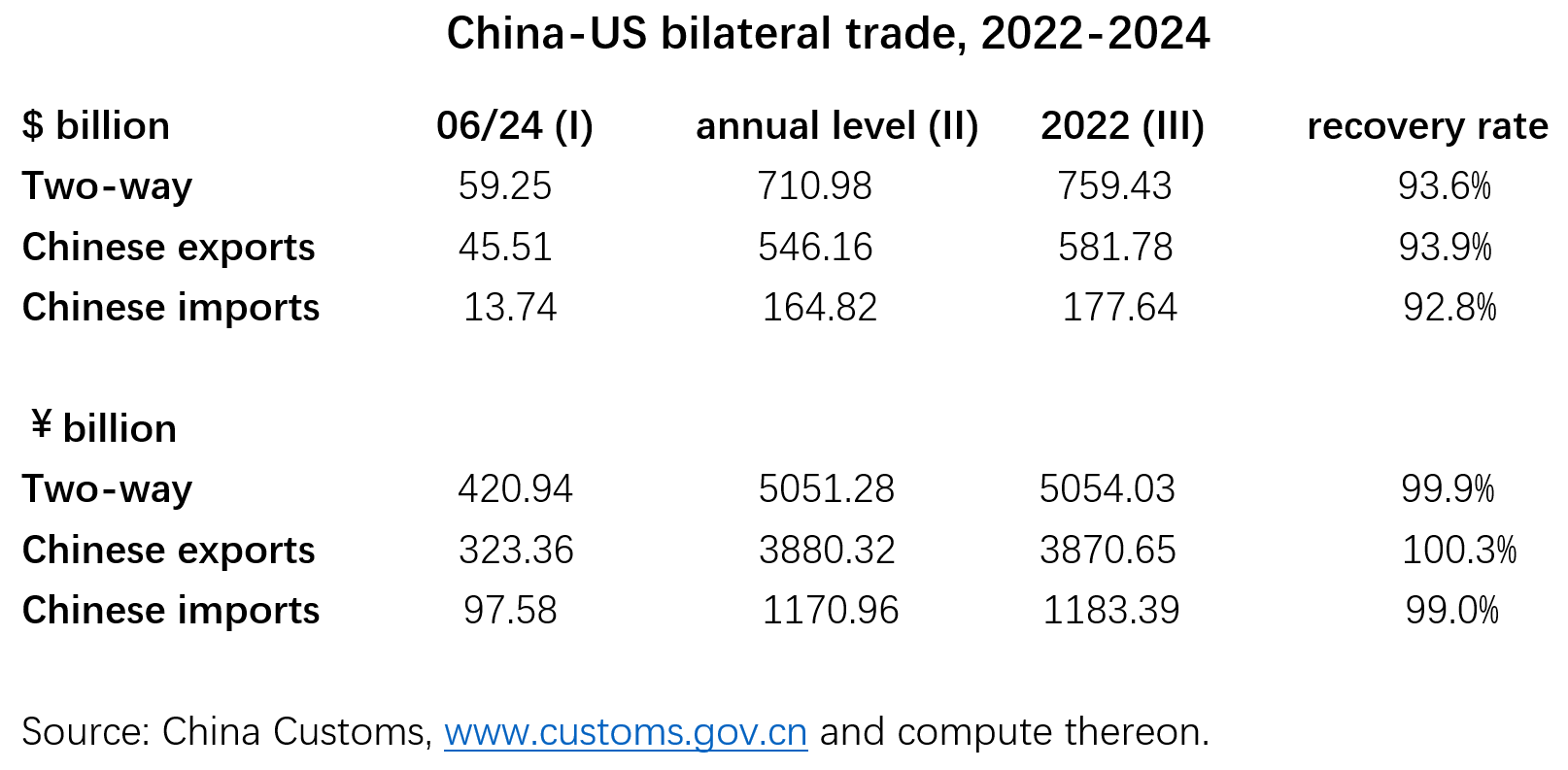
“Shanghai is a city that has so many similarities … I have that same feeling of being home living here in Shanghai,” said Michael J. Rosenthal, chairman of Business Federation of International Investment and Economic Enterprises at a recent forum in the city.
The forum — titled “Common Ideals and Common Future — A River Dialogue Between Shanghai and New York” — was organized by the Shanghai Public Relations Association, the American Chamber of Commerce in Shanghai and the Shanghai Institute of American Studies. It focused on business, cultural, educational and municipal planning cooperation between China and the United States, highlighting a shared understanding and hope for a steady and ever-growing relationship between the world’s two largest economies.
Cooperative sentiment prevails
“American businesses still see China as an important strategic market and hope to see a stable and healthy development in relations between the two countries,” said Eric Zheng, president of the American Chamber of Commerce in Shanghai, the largest American chamber in Asia, with more than 3,000 member companies.
The forum marked the 45th anniversary of diplomatic relations between China and the United States and was held at Ji Jiang Grand Hall, the same venue where the two countries signed their Joint Communique in February 1972 upon the successful conclusion of U.S. President Richard Nixon’s historic trip to China.
Meanwhile, more significant activities were going on in Beijing. A board delegation from the U.S.-China Business Council visited Beijing from July 22 to 26, joined by large group of CEOs of leading American multilateral companies, including Boeing, Apple, Goldman Sachs and Micron. The delegation was warmly received by Chinese Foreign Minister Wang Yi, Vice Premier He Lifeng, Minister of Commerce Wang Wentao and others. Foreign Minister Wang explained in detail the blueprint and tasks adopted at the Third Plenary Session of the 20th Central Committee of the Communist Party of China for further deepening reforms and opening-up.
A high-profile China-U.S. business forum was also held, organized by the China Council for the Promotion of International Trade and the USCBC. A warm and strong atmosphere for continuous advancement in China-U.S. business cooperation permeated those days. As a second leg, the CCPIT immediately led a large business group to the United States in July and August.
All the latest developments show an encouraging development of stabilizing and improving the China-U.S. bilateral relationship, reinforced by firm business collaborations.
Trade rising again
Ever since the San Francisco summit meeting between Chinese President Xi Jinping and U.S. President Joe Biden establishing the “San Francisco Vision,” the overall relationship has been stabilizing and improving, although in very small steps. While tensions persist and new trade, high-tech and investment restrictions keep coming out, bilateral trade has shown a clear upward trajectory.
According to China Customs, China-U.S. bilateral trade volume, after a free fall in late 2022 and early 2023, recovered to $59.25 billion in June 2024, which was 4.6 percent higher than the previous year and was annualized at $710.98 billion, or 93.6 percent of the 2022 level of $759.43 billion — a historical high. Chinese exports to the U.S. were $45.51 billion, a 6.6 percent rise year-on-year and annualized at $546.16 billion, or 93.9 percent of the $581.78 billion of 2022. Imports from the U.S. reached $13.74 billion, annualized at $164.82 billion, or 92.8 percent of the 2022 high of $177.64 billion.

Because of the dollar rise against the yuan, Chinese June trade volume with the US already exceeded the historic high of 2022. The current recovery is the rebound in the second cycle over the past five years. The first cycle happened during the 2018-21 period, mostly during the Trump administration.
First cycle: President Donald Trump imposed tariffs on more than $375 billion in Chinese exports to the U.S., resulting in a drop in Chinese exports to the U.S. starting in December 2018. In 2019, Chinese exports to the U.S. fell to $418. 67 billion, 12.5 percent down from 2018 ($478.42 billion). The fall continued into Q1 2020 before starting to pick up from Q2 and finished the whole year of 2020 at $451.81 billion — up 7.9 percent. The recovery continued into 2021 and finished the year at $576.11 billion, 20.4 percent higher than 2018.
Second cycle: President Biden did not remove Trump tariffs and added more stringent restrictions on trade with China. Tensions between the two countries further degraded the business environment. As a result, Chinese exports to the U.S. began a double-digit fall from September 2022. Because of the high base during the first half, the whole-year figure still hit a historical high at $581.78 billion. The sharp fall continued into the remainder of 2023 and finished at $500.29 billion, 13.1 percent off the 2022 mark, the sharpest fall over the past 45 years since China-U.S. diplomatic ties were established in 1979. However, the fall slowed gradually in the second half of 2023 and turned to grow again during H1 2024. If the current tempo continues, Chinese exports to the US will hit a new high in 2025.
By ironing off the curve, we could find a clear straight upward line over the past six years showing steady, albeit slow, growth over a longer period. It shows that the political tensions and trade frictions, even a trade war, all have failed to stop trade activity and growth between Chinese and American business. It has proved that trade flows between China and the U.S. are an objective economic law, based on complementary economies, which leads to trade flows by market forces. Political tensions and other restrictions could distort or delay the growth but will be unable to kill it. Conclusion: China-U.S. decoupling is a pseudo-proposition.
Joint efforts for improvement
The recent Third Plenary Session of the 20th Central Committee of the Communist Party of China adopted a historic decision on further deepening reform and opening-up with respect to 15 different aspects. It pointed toward an advanced socialist market economy and high-level open economy — modernization with Chinese characteristics. It will thus open infinite prospects for American business expansion with China. China in turn, needs sound cooperation with America. It is anticipated that China and the United States could make joint efforts on three parallel tracks:
Track 1: Central government. Beijing and Washington should maintain their current dialogues, managing differences and avoiding conflicts. Both could discuss macroeconomic policy coordination, national security and cybersecurity, as well as industrial, technology, trade and investment policies to understand and coordinate, thus keeping the overall relationship stable and improving.
Track 2: Subnational government. Exchanges of visits, various cooperation agreements or project intentions between U.S. states and Chinese provinces, and between cities, should be further increased with as many tangible results as possible.
Track 3: Business and people-to-people. Trade and investment activities, and cultural, educational and travel exchanges between China and the U.S. should be encouraged — the more, the better.
China and the United States will continue to encounter differences and difficulties in their relationship in the year to come but will also share benefits through joint efforts. The recent exchange of visits by the USCBC and CCPIT and the River Dialogue between Shanghai and New York have provided us all the reasons and confidence needed for better, mutually beneficial prospects.
